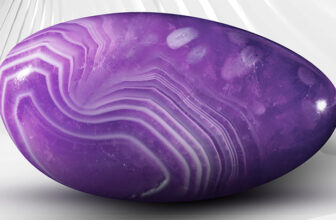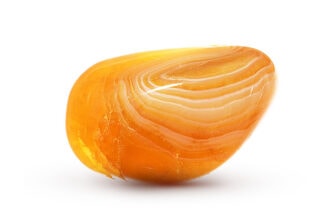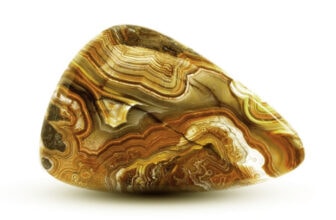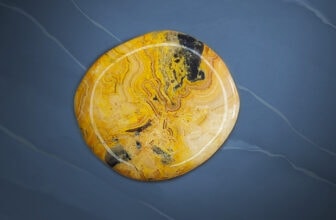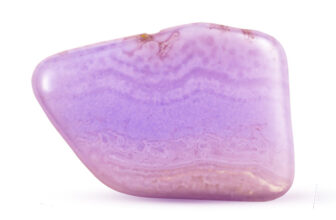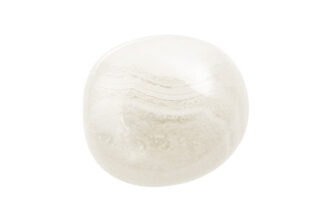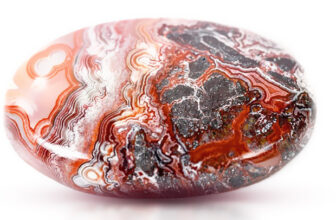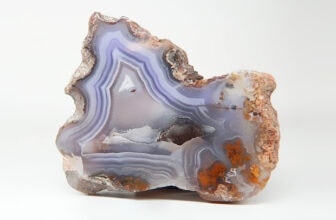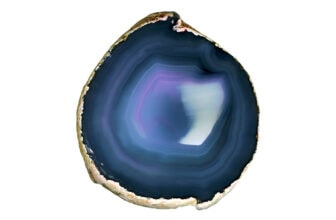Crystal Pyramids
 Where Earth Meets Sky
Where Earth Meets Sky
What is it about a pyramid that feels so mysteriously alive? Many people describe standing before one – even a small crystal version – as sensing both stillness and movement at once. A crystal pyramid is a gemstone carved into the unmistakable four-sided shape with a square base and a pointed apex, where all sides rise to meet in perfect symmetry.
This shape is more than a visual delight. It’s geometry in motion – a meeting point of structure and energy. The pyramid’s base represents Earth: solid, grounding, dependable. The apex reaches toward the heavens, symbolizing connection with the divine or higher consciousness. Between those two extremes lies transformation, the invisible current that flows upward, guiding energy, thought, and intention.
In the realm of crystal work, pyramids are seen as amplifiers. They gather energy from their base, refine it through the crystal’s own frequency, and release it through the tip in a focused stream. Whether placed on an altar, a work desk, or a meditation space, they are said to steady chaotic thoughts and convert them into clarity and direction.
Symbolically, crystal pyramids embody balance and ascension – the union of the material and the spiritual, of effort and surrender. Their geometry echoes the world’s ancient monuments of power and purpose, hinting that humankind has long understood that shape itself carries vibration. In modern metaphysical practice, these compact structures continue that legacy, serving as both spiritual tools and aesthetic treasures.
The Science and Spirit of Pyramid Energy
Why does this particular shape hold such fascination? The secret lies in its geometry. The pyramid is a form found repeatedly in nature and ancient architecture because it embodies harmony between stability and elevation. Its square base grounds energy, while its triangular sides gather and direct it upward. In sacred geometry, this balance is seen as a living blueprint – a universal pattern of transformation.
From an energetic perspective, crystal pyramids act like natural generators. Many practitioners believe they draw energy from their environment or the Earth’s field, focus it internally, and then radiate it through the apex. This focused beam is thought to clear stagnant vibrations, align chakras, and enhance intention work.
Science, too, has flirted with the concept of “pyramid energy.” Since the 20th century, small experiments and personal reports have suggested that pyramid structures may influence the preservation of food, promote sharper concentration, or create zones of measurable stillness in electromagnetic fields. While mainstream science has yet to validate such claims, the intrigue persists – perhaps because the pyramid shape physically mirrors the flow of energy itself: concentrated, directional, and elegant.
The Ancient Story of Pyramids
Why did so many ancient civilizations, scattered across continents and centuries, choose the same remarkable shape to express their highest ideals? From the desert sands of Egypt to the jungles of Mesoamerica, the pyramid form appeared again and again – an unmistakable symbol of permanence, ascension, and divine harmony.
For the Egyptians, the pyramid was more than an architectural wonder; it was a spiritual engine. The Great Pyramid of Giza, precisely aligned with celestial bodies, was believed to act as a cosmic bridge – guiding the soul of the pharaoh toward the stars. The shape itself represented the rays of the sun, descending to Earth, illuminating the path between human and divine. Even today, when one looks at a crystal pyramid, that legacy feels intact – a miniature monument to connection across realms.
The Mayan and Aztec pyramids carried their own meanings, often serving as temples and ceremonial centers. Built in stepped layers, they embodied the climb toward enlightenment, each terrace representing a new level of spiritual understanding. In India and Tibet, similar shapes appeared in stupas and temples, echoing the same universal intuition: that the upward-pointing structure mirrors the soul’s ascent.
From Raw Stone to Sacred Geometry
How does a rough, unpolished stone become something that seems almost to breathe light? The transformation begins with intention. Lapidary artists – the skilled craftspeople who cut and polish gemstones – approach pyramid carving as both a technical challenge and a spiritual act.
Each pyramid begins as a raw crystal: a piece of quartz, fluorite, obsidian, or any stone chosen for its energy and clarity. The artisan studies its natural structure and orientation, deciding how best to preserve its internal harmony while shaping it into precise symmetry. The cutting process must honor the crystal’s growth lines; any imbalance could distort its geometry and, some believe, its energetic resonance.
After the initial cuts, each surface is painstakingly polished until light glides over it without resistance. The goal is not just perfection of form, but the awakening of the stone’s brilliance – that soft shimmer that makes a crystal pyramid feel alive. In this way, craftsmanship becomes meditation: every movement of the hand echoing the pyramid’s own message of focus and patience.
A Universe in Miniature
Not all crystal pyramids are alike. Each one carries its own story, personality, and pulse – shaped not only by its geometry but by the mineral heart beating within it. The beauty of these pieces lies in their diversity; there’s a pyramid for every intention, emotion, and spiritual pursuit.
A Clear Quartz Pyramid, for instance, is the universal amplifier – transparent, radiant, and endlessly adaptable. It gathers stray energies and reorganizes them into coherence, like static turning into a steady hum. It’s perfect for clarity, focus, or manifesting new beginnings.
Amethyst Pyramids shimmer with violet calm. Their gentle, meditative vibration invites rest for the overworked mind, helping release anxiety and connect with higher consciousness. In contrast, Citrine Pyramids sparkle with warm golds – stones of sunlight and ambition. They’re often chosen to boost confidence, attract prosperity, and energize creative flow.
Those drawn to Rose Quartz Pyramids seek softness – the energy of compassion, forgiveness, and heart-centered peace. Meanwhile, Black Obsidian Pyramids are their mirror opposites: grounded, protective, and fierce in their clarity. They absorb negativity and shield against energetic drain, offering stability when life feels chaotic.
And then there’s Fluorite, the scholar’s stone – its swirling greens and purples organize scattered thoughts, sharpening mental focus. A fluorite pyramid on a work desk can act as both décor and invisible ally, quietly maintaining order in the mental storm.
Beyond material differences, crystal pyramids can also vary by intended purpose. Some are made for healing sessions, placed on the body or within energy grids. Others serve in Feng Shui, stabilizing chi in a home or office. There are even meditation pyramids engraved with symbols – chakras, runes, or sacred geometry – to enhance specific frequencies.
Healing and Metaphysical Power of Pyramids
Ever wondered why simply holding a crystal pyramid feels different from holding a raw stone? It’s not just about touch – it’s about flow. The pyramid form amplifies and refines energy, pulling it inward through its base and releasing it through the apex in a focused beam. This geometry creates a sense of direction, a current of motion you can almost feel in your palm.
In metaphysical practice, this quality is called energy amplification. A pyramid doesn’t change the crystal’s inherent vibration; it magnifies it. Place a rose quartz pyramid near your heart during meditation, and you may notice warmth spreading outward – a subtle resonance expanding from center to edges. With clear quartz, the effect is sharper, almost electric, helping you concentrate intentions with laser-like precision.
These shapes are also used for balance and alignment. Because the pyramid’s base symbolizes Earth and its tip the heavens, it acts as a bridge between body and spirit. Many healers use pyramids to stabilize emotional energy, harmonize chakras, or restore equilibrium after stress or emotional turmoil.
From a symbolic standpoint, pyramids embody manifestation in motion. Their upward flow represents growth, evolution, and purpose rising through layers of experience. When you meditate with one, you’re encouraged to envision your goals traveling that same path – from grounded reality to illuminated potential.
Different stones link naturally to specific chakras: amethyst for the crown, citrine for the solar plexus, rose quartz for the heart, and black obsidian for the root. Using pyramids attuned to these centers can intensify healing rituals or meditation practices.






